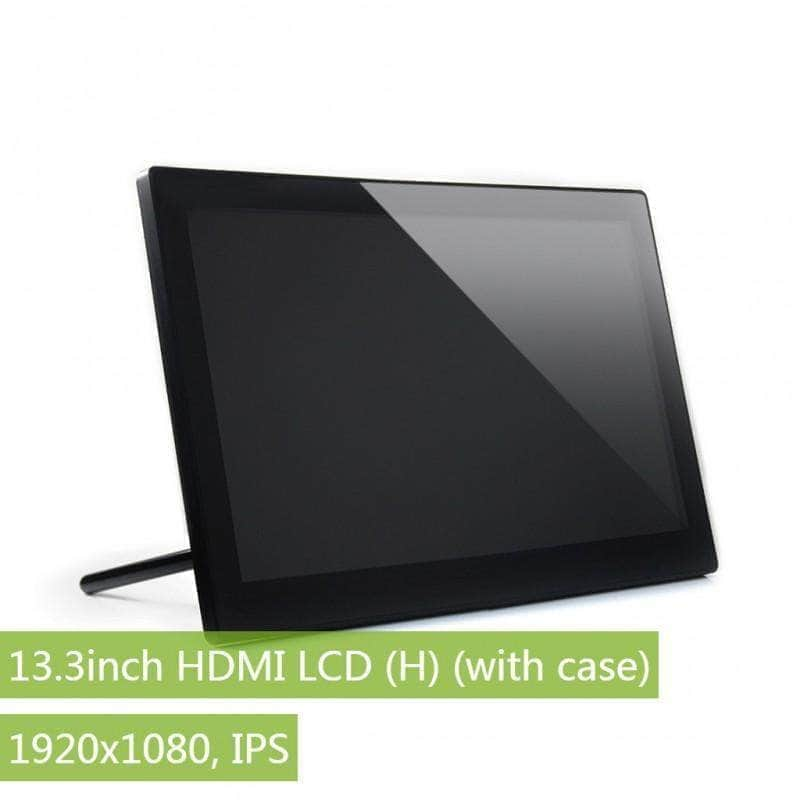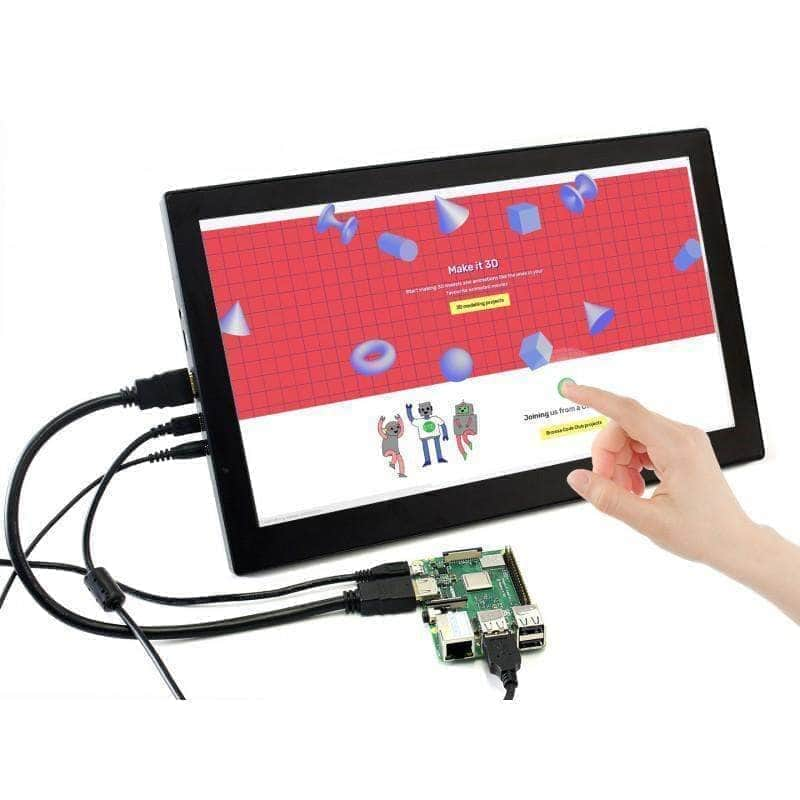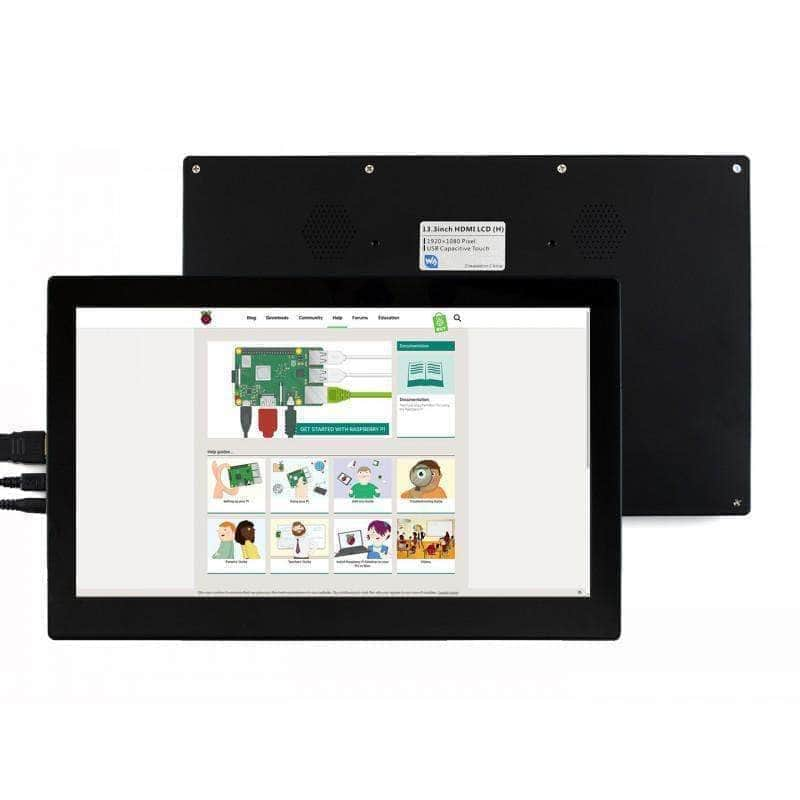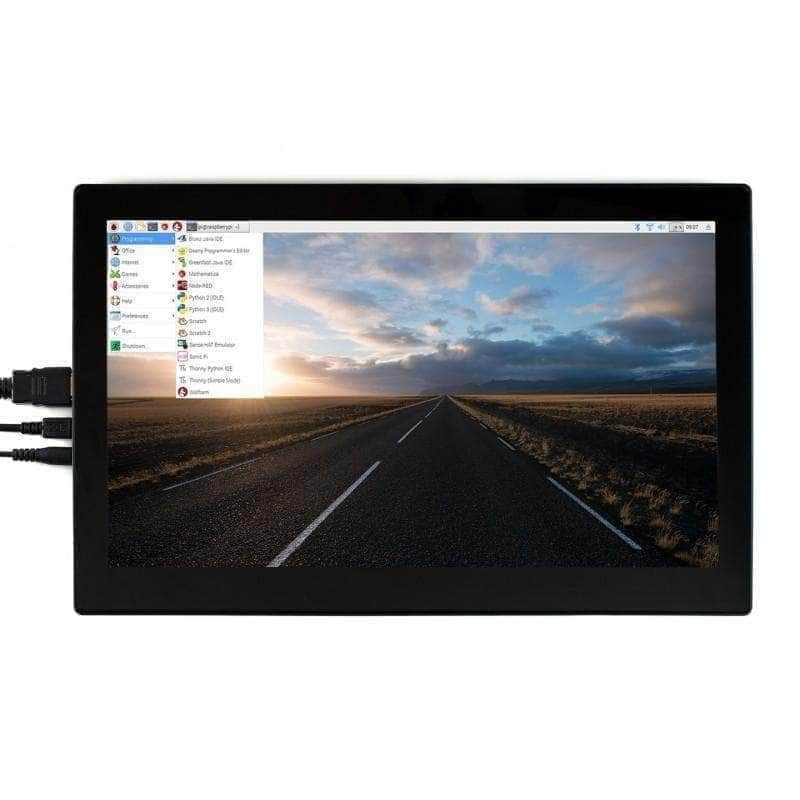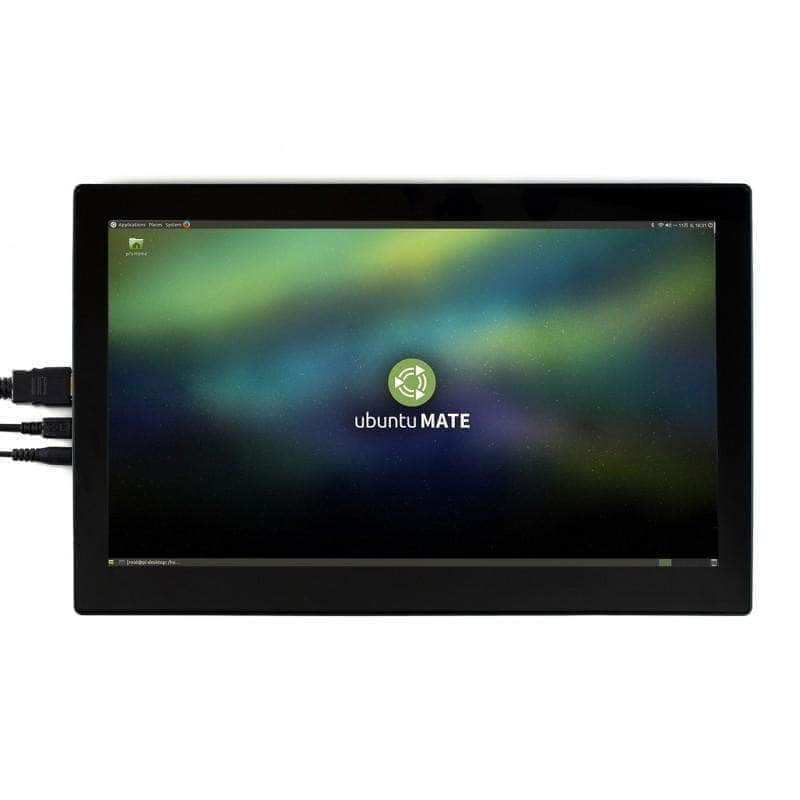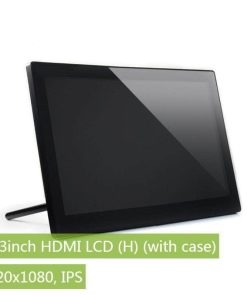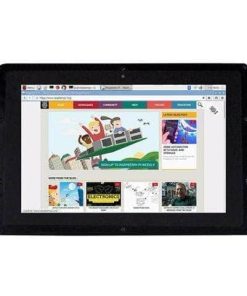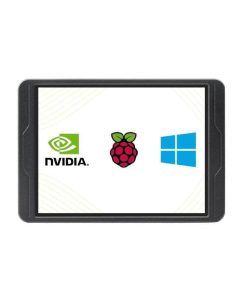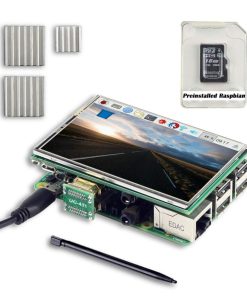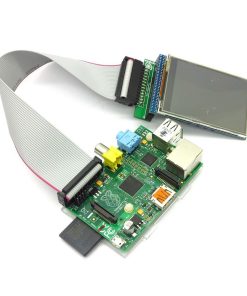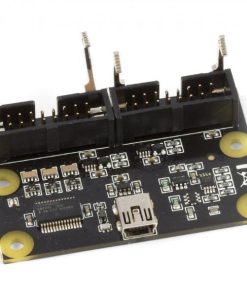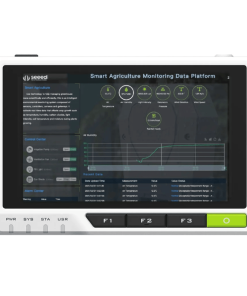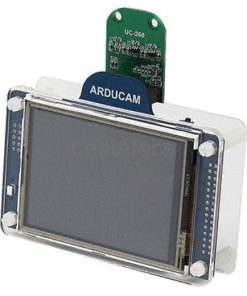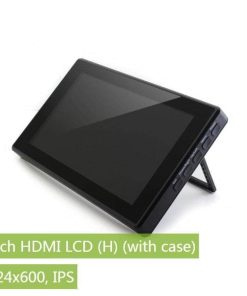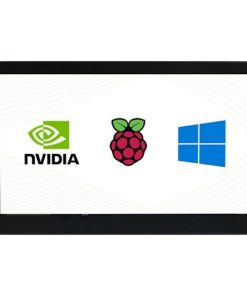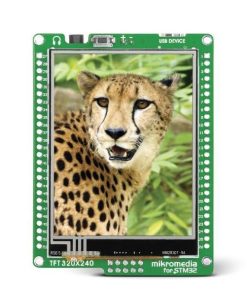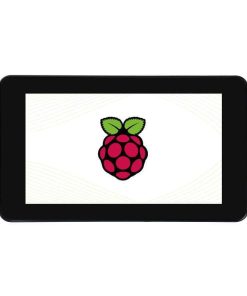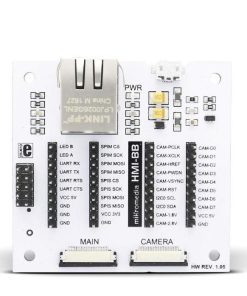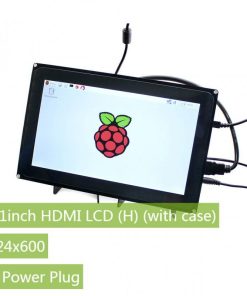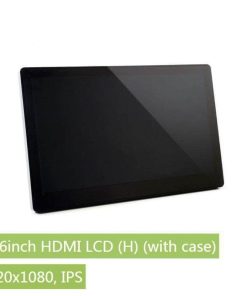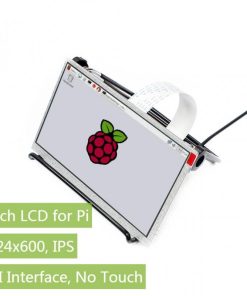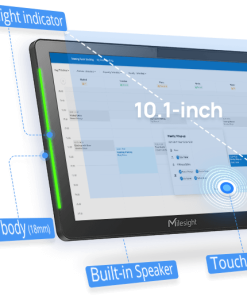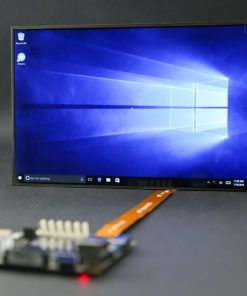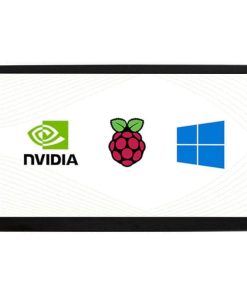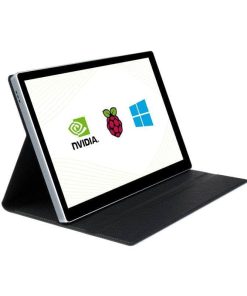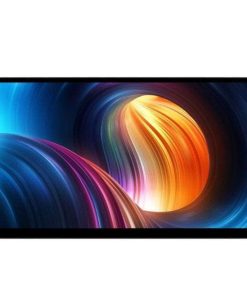13.3 Inch HDMI LCD 1920×1080 (H) V2 Capacitive Touch Screen (with case) Waveshare
$ 299,00 $ 119,60
13.3 Inch HDMI LCD 1920×1080 (H) V2 Capacitive Touch Screen (with case)
Features
- 13.3inch IPS screen,1920×1080 high resolution
- Toughened glass capacitive touch panel, 6H hardness
- Supports popular mini PCs such as Raspberry Pi, BB Black, as well as general desktop computers
- When works with Raspberry Pi, supports Raspbian, Ubuntu, WIN10 IOT, single touch, and driver free
- When work as a computer monitor, supports Windows 10/8.1/8/7, ten-point touch, and driver free
- Multi-languages OSD menu, for power management, brightness/contrast adjustment, etc.
- 3.5mm audio jack supports HDMI audio output
- Embedded ferrite Hi-Fi speaker
- Also supports VGA input
- 75x75mm spacing mounting holes (M4 screw hole) for general wall mount
- Comes with 75° tilt angle stand
External Dimension

Connection Examples
Working With Raspberry Pi 4

Working With Raspberry Pi Zero W

Working With AI Computer Jetson Nano

Working With Mini PC

Display
IPS Panel



1) up to 10-points touch, depending on the operating system. 2) up to 6H hardness toughened glass panel.
Audio Feature


Enjoy Gaming


Appearance And Dimensions

Package Includes:
- 13.3inch HDMI LCD (H) (with case) x1
- Power adapter 12V x1
- HDMI cable x1
- USB type A plug to micro B plug cable x1
FAQ
- Why doesn’t the LCD work with my Raspbian?
- To use the LCD with the Raspberry Pi official image, the driver should be installed first. Please refer to the user manual.
However, for the first testing, you may want to use the provided image directly. - Why the LCD still doesn’t work with the provided image?
- Make sure the hardware connection is correct and connects fine.
Make sure the image in TF card is burnt correctly.
The PWR will keep on and the ACT will keep blinking when the Raspberry Pi starts up successfully, in case both of the two LEDs keep on, it is possible that the image was burnt incorrectly OR the TF card was in bad contact. - Which power supply should I use?
- It is recommended to use a 5V/2A power adapter for the Raspberry Pi other than USB connection, otherwise, the Pi may fail to start up because the PC’s USB port might have not enough power.
For large size LCDs, say, 10 inches diagonal or more, another stand-alone power adapter is also required to provide power to the LCD.
Link to Wiki
Fast Shipping and Professional Packing
Through our long-term relationship in a long-standing partnership with UPS, FedEx, DHL and many other top global carriers we can provide a variety of shipping options. Our warehouse employees will pack every item to our exacting specifications. The goods you send us are checked thoroughly and secured properly prior to shipping. Everyday we deliver thousands of packages to customers across many countries. The fact that we're committed to becoming the biggest online retailer in the world is clear. Both Europe as well as the USA have warehouses and distribution centres.
Orders that contain more than one item are assigned processing times in accordance with the item.
We will inspect each and every one of the items ordered before shipping. Today, most orders will be shipped within 48 hours. The delivery time should be between 3-7 days.
Returns
The stock market is always changing. It's not entirely managed by us, since we have multiple organizations, such as the factory and our storage. Stock levels can fluctuate at any given time. Please understand it may happen that your order will be out of stock after the order is placed.
The policy is for 30 days. If you have passed 30 days in the past since you purchased, unfortunately we can't offer you a refund or exchange.
To be eligible for a refund, your item must be in good condition and in the same state that you received it. The item must be in the original packaging.
Related products
Raspberry Pi Modules
Touch Display
Touch Display
13.3 Inch Magic Mirror, Raspberry Pi CM4 Mini PC with Voice Assistant, Touch Control Waveshare
Smart Displays
Mikromedia for PIC32 – MikroElektronika Smart TFT Color Touch Display MikroElektronika
Smart Displays
Touch Display
Touch Display
15.6inch Capacitive Touch Screen LCD (H) with Case, 1920×1080, HDMI (with case) Waveshare
Smart Displays
TFT PROTO Board 320x240px TFT Color Display MikroElektronika
Touch Display
10.5inch Capacitive Touch Screen AMOLED, HDMI, 2560×1600 2K Resolution, Fully Laminated Waveshare
